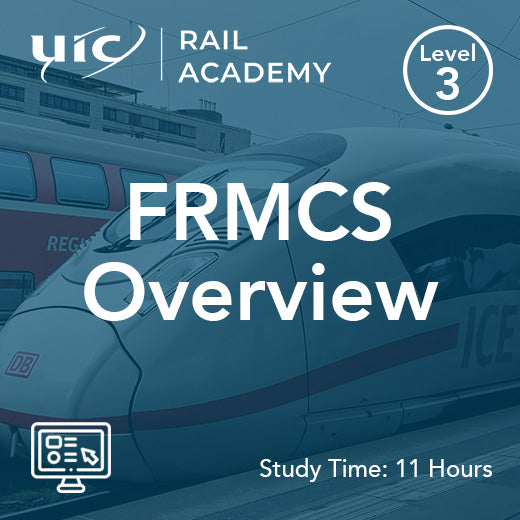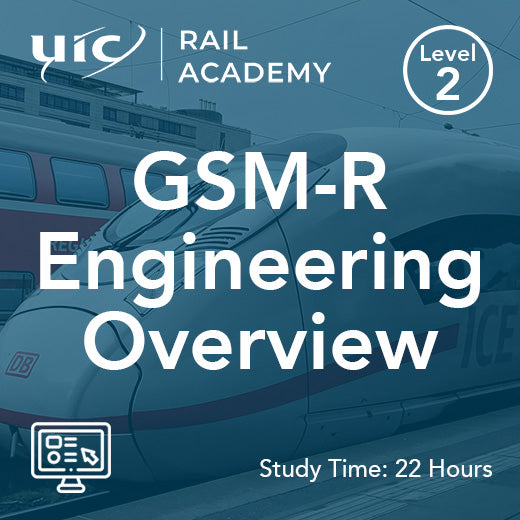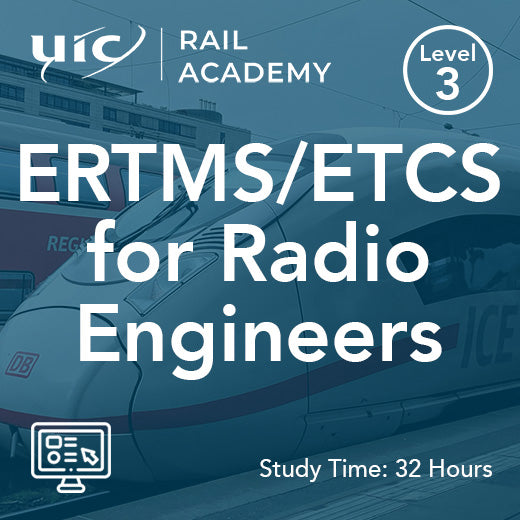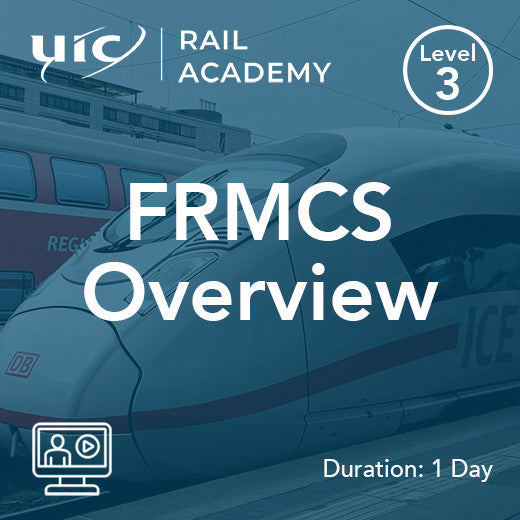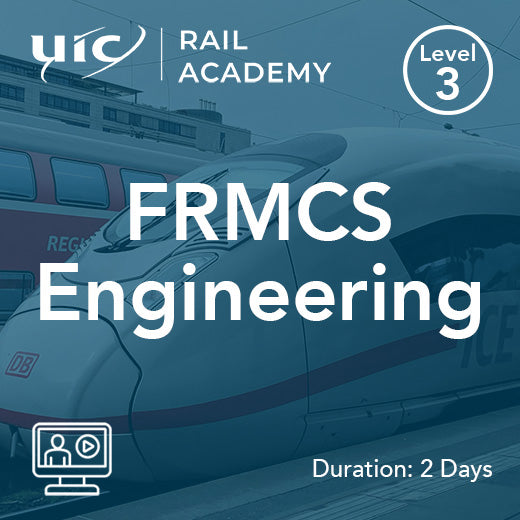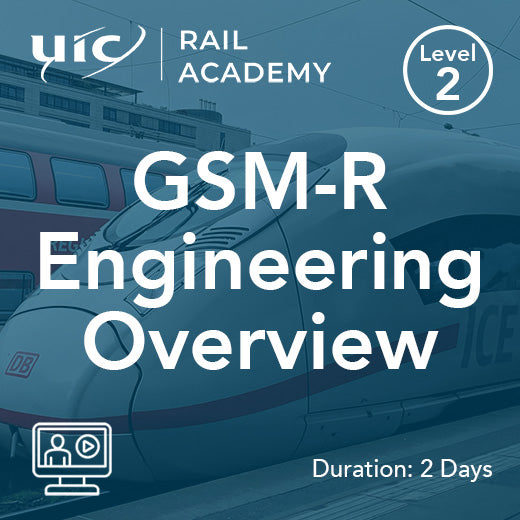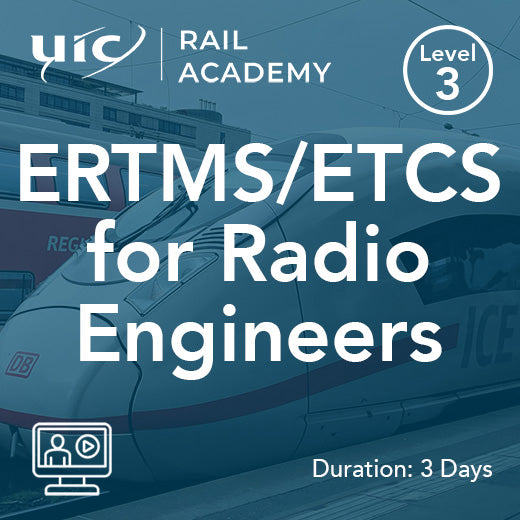Interlocking
- , par Paul Waite
- 2 min temps de lecture
Interlocking in the rail industry refers to the vital system of safety mechanisms and protocols that are put in place to ensure the smooth and secure operation of railway networks. This complex system of interlocking mechanisms plays a crucial role in preventing accidents and ensuring the efficient movement of trains on the tracks.
The primary function of interlocking is to prevent conflicting movements of trains that could lead to collisions or derailments. By using a combination of signals, points, and track circuits, interlocking systems ensure that trains can only proceed along a certain route when it is safe to do so. This is achieved through a series of interlocked levers and switches that are controlled by the signalling system.
Interlocking systems are typically installed at railway junctions, crossings, and other critical points along the tracks where trains may need to change direction or cross paths. These systems are designed to provide fail-safe operation, meaning that they are engineered to default to a safe state in the event of a malfunction or power failure.
Interlocking systems are governed by strict safety regulations and standards set by the relevant authorities. These regulations ensure that interlocking systems are designed, installed, and maintained to the highest standards to protect the safety of passengers, railway staff, and the general public.
The history of interlocking systems can be traced back to the early days of railway operation when manual signalling systems were used to control train movements. Over time, these manual systems were replaced by mechanical interlocking systems, which were later superseded by more advanced electronic interlocking systems.
Today, modern interlocking systems are highly sophisticated and rely on computer-based technology to monitor and control train movements. These systems are capable of processing vast amounts of data in real-time to ensure the safe and efficient operation of railway networks.
Interlocking systems are a vital component of the rail industry, playing a crucial role in ensuring the safety and reliability of train services. By preventing conflicting movements and ensuring the smooth flow of traffic on the tracks, interlocking systems help to minimize the risk of accidents and delays, ultimately improving the overall efficiency of the railway network.
In conclusion, interlocking systems are an essential part of the rail industry, providing a robust safety net that protects passengers, staff, and the public. By combining advanced technology with strict safety standards, interlocking systems help to ensure that trains can move safely and efficiently across the country's railway network.

